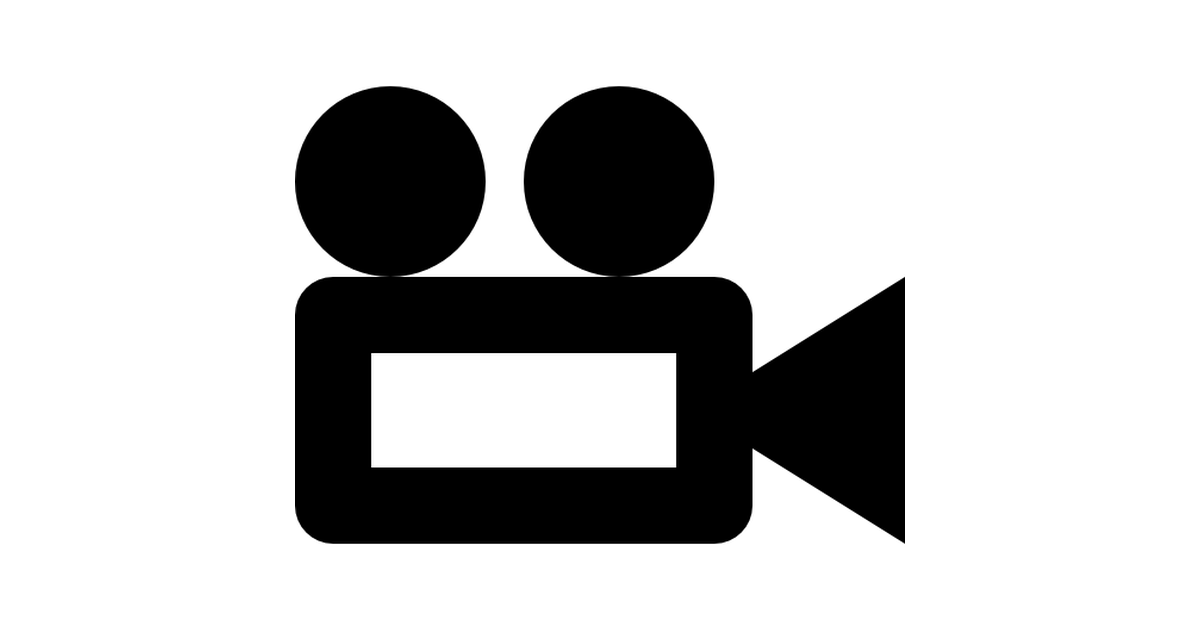More than half (58%) of 488,236 school-aged Syrian children displaced in Lebanon are out of school, according to the latest figures of the Lebanese Ministry of Higher Education (MEHE).
The creation of a second afternoon shift, in 2014, has helped bring about 200.000 Syrian children into the classroom. But there are still several obstacles to overcome for all Syrian children in Lebanon to benefit from education. According to teachers and education sector experts, the language gap is the main one. The Lebanese school curriculum is taught mostly in English and French, while in Syria students studied in Arabic. This creates learning difficulties for children of all ages.
Transportation costs might also deter parents from sending their children to school. Although public schools are free, sometimes they are simply too distant and public transportation fares are too expensive for families.
Finally, there is the high dropout rate. When children reach the age of 11 or 12, boys are expected to start working to support their families. The dropout reason for girls is often related to underage marriages and childcare responsibilities. Issues relating to education of Syrian children have always been dealt with as a temporary problem, as policymakers and even aid groups expect refugees to return back to Syria in the near future. However, there is no evidence that this will be happening on a large scale despite efforts from the authorities to accelerate this process.
Without serious investment in their education, Syrian children will miss out on education not only as a result of the war but also as a consequence of life in exile.





